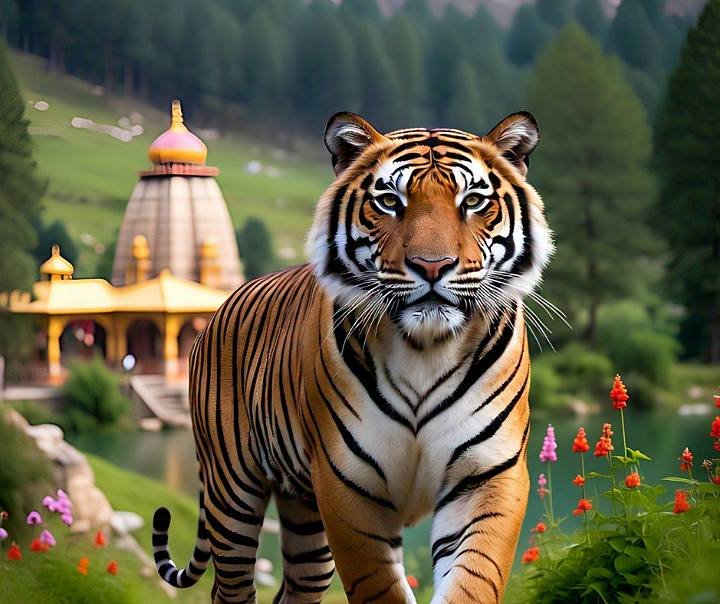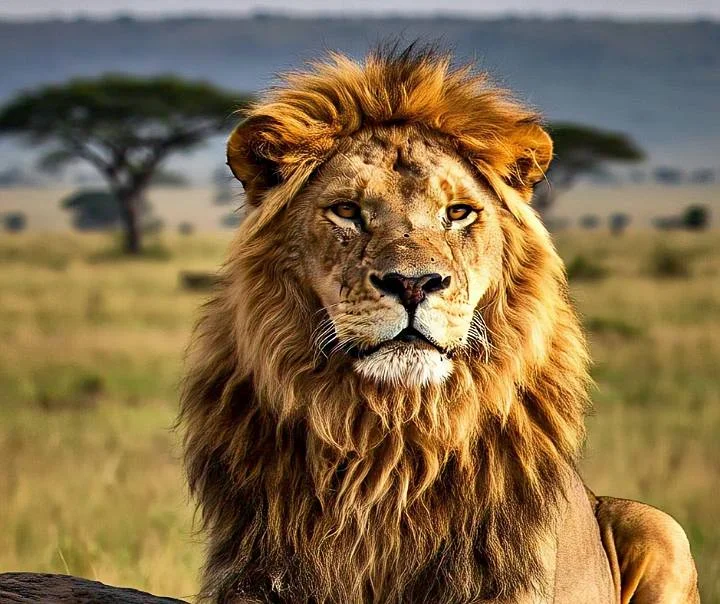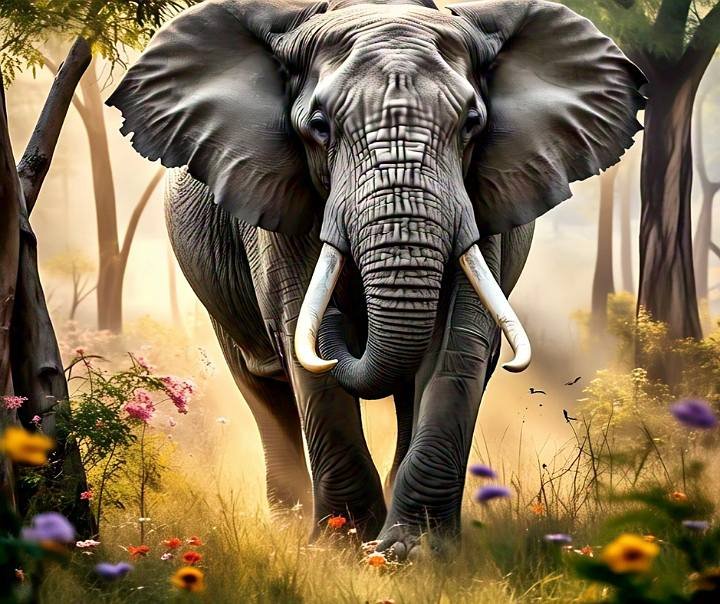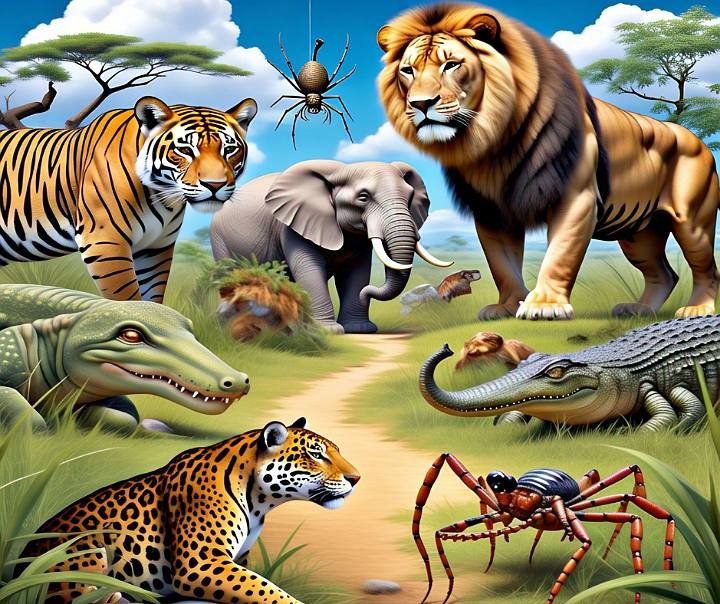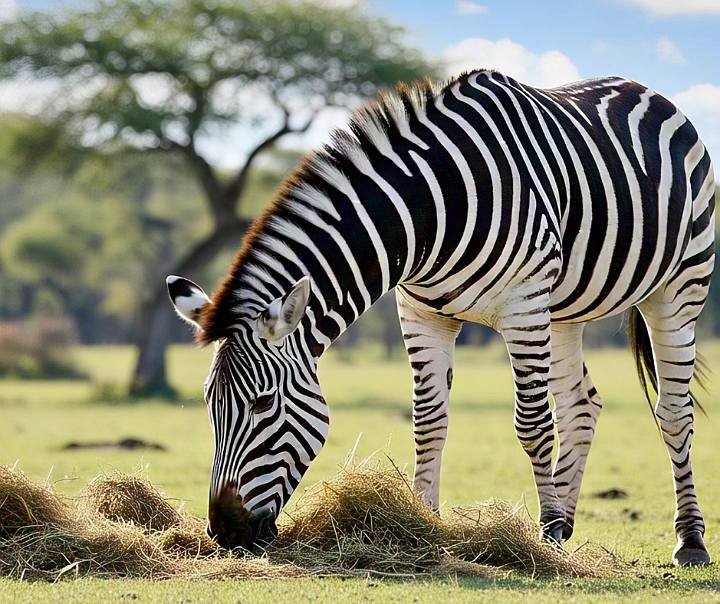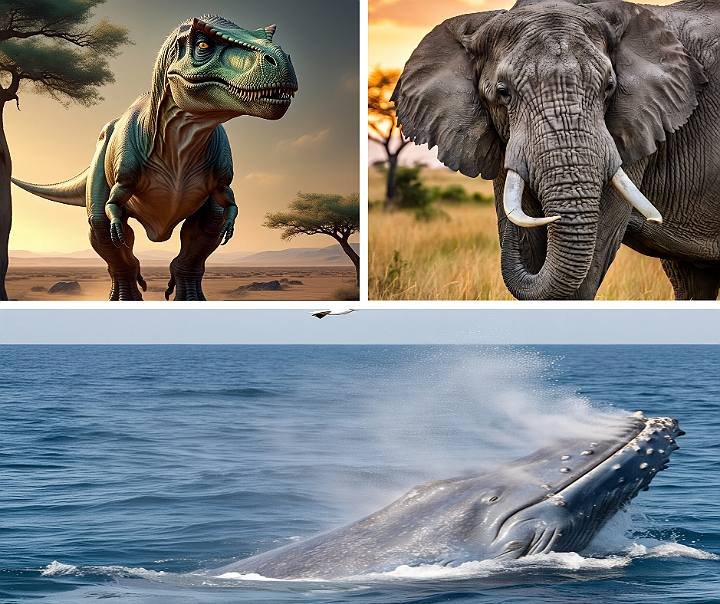Giraffe : The Tallest Animal on Earth and Its Life Cycle
The giraffe (Giraffa camelopardalis) is the tallest terrestrial animal on Earth, renowned for its extraordinary height and graceful beauty. Its long neck, distinctive spotted coat, and gentle demeanor make it a favorite among wildlife enthusiasts and children alike. In this post, we will explore the giraffe’s entire life cycle in a step-by-step manner, covering its birth, growth, reproduction, behavior, population, and conservation. Additionally, we’ll highlight some fascinating facts to deepen your appreciation for this majestic creature.
1. Introduction to Giraffes
Giraffes are primarily found in the savannas, grasslands, and open woodlands of Africa. Standing at an average height of 14 to 18 feet (4.3 to 5.7 meters), with males being taller than females, giraffes are unmistakable. They weigh between 800 and 1,900 kilograms (1,750 to 4,200 pounds). Their long necks and legs allow them to reach high foliage, particularly from acacia trees, their favorite food source.

The giraffe’s coat features unique, patchwork-like spots that are distinct to each individual, much like human fingerprints. These spots aid in camouflage and help regulate body temperature.
To learn more about giraffe species and their habitats, visit National Geographic.
2. Birth of a Giraffe
The giraffe’s life cycle begins with a remarkable process. Female giraffes have a gestation period of 13 to 15 months, one of the longest among mammals.
- Birth Process: A female giraffe gives birth while standing, resulting in the calf falling approximately 5-6 feet to the ground. This drop helps stimulate the calf’s lungs and initiates breathing.
- Newborn Giraffe: At birth, a calf weighs 50-100 kilograms (110-220 pounds) and stands about 6 feet tall. Within 30 minutes, the calf can stand, and within 10 hours, it can run alongside its mother.
- Maternal Care: The mother fiercely protects her calf and nurses it with milk. For the first few weeks, the calf relies entirely on its mother’s milk for nutrition.
For more details on giraffe birth and early care, check out World Wildlife Fund.
3. Childhood and Growth
A giraffe’s childhood is both adventurous and perilous, as predators like lions, hyenas, and leopards target young calves.
- Social Behavior: Giraffes are social animals and live in loose groups called “towers.” Calves spend time in “crèches” (nursery groups), where females take turns watching over the young.
- Dietary Transition: At four to six months, calves begin eating leaves, but they continue nursing for up to a year.
- Physical Development: Giraffes grow rapidly in their first few years, with their necks and legs elongating to reach high foliage like adult giraffes.
To explore giraffe social behavior and childhood, visit San Diego Zoo.
4. Adulthood and Reproduction
Giraffes reach sexual maturity between 4 and 5 years of age. Male and female giraffes exhibit distinct behaviors during this stage.
- Male Giraffes: Males engage in “necking,” a behavior where they swing their necks to strike each other, establishing dominance and securing mating opportunities.
- Female Giraffes: Females typically give birth to one calf every 20-30 months. Males test a female’s reproductive readiness by tasting her urine.
- Diet and Lifestyle: Adult giraffes spend 16-20 hours a day foraging and eating. They can survive several days without water, deriving moisture from their food.
Learn more about giraffe reproduction and behavior at African Wildlife Foundation.
5. Giraffe Behavior and Adaptations
Giraffes possess unique traits and behaviors that make them a marvel of nature:
- Long Neck: The giraffe’s long neck allows it to access high foliage and serves as a weapon during necking or defense.
- Heart and Circulation: A giraffe’s heart, weighing up to 11 kilograms (25 pounds), beats 150 times per minute, pumping blood up to 18 feet to reach the brain.
- Sleep Habits: Giraffes require only 4-5 hours of sleep, often taken in short naps called “dive sleeps” while standing or lying down briefly.
- Vision and Hearing: Their large eyes and elevated height provide excellent vision, helping them spot predators from afar.
Discover more about giraffe physical adaptations at Smithsonian National Zoo.
6. Giraffe Population
The giraffe population has declined significantly over the past few decades. Currently, fewer than 100,000 giraffes remain in the wild. There are nine subspecies of giraffes, some of which, like the Nubian and Kordofan giraffes, are critically endangered.
- Distribution: Giraffes are found across Africa, from Chad to South Africa and from Niger to Somalia.
- Population Decline: Habitat loss, poaching, and climate change have caused a 40% population decline between 1895 and 2015.
- Regional Status: Giraffes are considered extinct in seven African countries—Burkina Faso, Senegal, Mali, Nigeria, Guinea, Eritrea, and Mauritania.
For detailed information on giraffe population and distribution, visit IUCN Red List.
7. Giraffe Conservation
The declining giraffe population has made conservation a critical priority. According to the IUCN Red List, some giraffe subspecies are classified as “Vulnerable,” while others are “Endangered.”
- Threats: Habitat destruction, illegal poaching, and human-wildlife conflict pose the greatest threats to giraffes.
- Conservation Efforts: Organizations like the Giraffe Conservation Foundation are working to protect giraffes through habitat restoration, anti-poaching initiatives, and public awareness campaigns. In regions like Namibia and Uganda, conservation efforts have stabilized local giraffe populations.
- Our Role: We can contribute to giraffe conservation by supporting wildlife organizations, spreading awareness, and adopting sustainable practices.
Learn more about giraffe conservation efforts at Giraffe Conservation Foundation.
8. Fascinating Facts
- A giraffe’s tongue is 18-21 inches long and dark blue, adapted for eating thorny plants.
- Giraffes can run at speeds up to 35 miles per hour (55 km/h).
- The color of a giraffe’s spots darkens with age, indicating its maturity.
- The scientific name “camelopardalis” reflects ancient beliefs that giraffes resembled a mix of camels and leopards.
For more intriguing giraffe facts, check out BBC Wildlife.
Conclusion
The giraffe is not only remarkable for its physical attributes but also for its gentle nature and complex social behaviors. Its life cycle, from birth to adulthood, showcases the beauty and intricacy of nature. However, the declining giraffe population reminds us of our responsibility to protect this iconic species. By raising awareness and supporting conservation efforts, we can ensure that future generations will continue to marvel at the tallest animal on Earth.
What are your thoughts on giraffes? Share your comments below and spread the word by sharing this post with friends!
- Elephant life their habitat, diets, population and intersting facts
- Lion : its life, birth, habitat, diet, species, and much more
- Most Dangerous Animals in the Jungle | Top 10 Dangerous Animals
To read more about giraffe and other wildlife, visit Wildlife Conservation Society.
